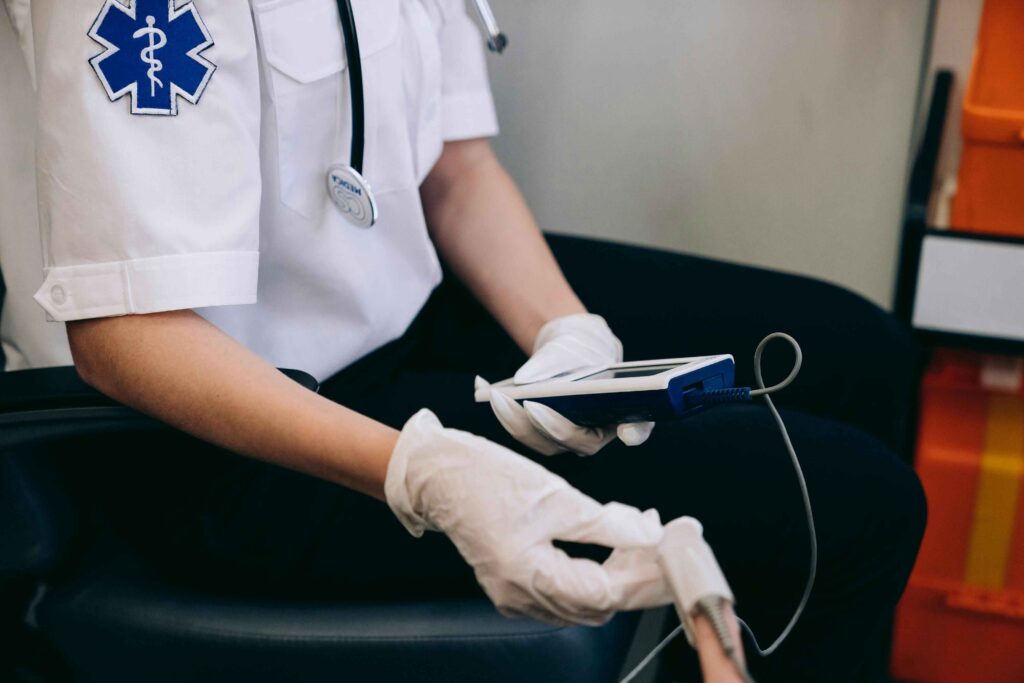When facing a health concern, many people opt for urgent care due to its convenience and affordability compared to emergency rooms. However, for individuals without insurance, the cost of urgent care check-ups can become a pressing concern. In this article, we’ll explore the various factors that influence the cost of an urgent care visit without insurance, ways to reduce costs, and what services are typically included.
Why People Choose Urgent Care Clinics
Urgent care centers are a popular choice for non-life-threatening health issues because they offer quick access to medical services without the long wait times of an emergency room. Many clinics are open late and on weekends, making them convenient for patients who can’t visit their primary care doctors during regular hours. Despite these benefits, if you’re uninsured, you’ll want to carefully consider the potential out-of-pocket expenses.
Typical Cost of an Urgent Care Check-Up Without Insurance

The cost of an urgent care visit without insurance can vary widely depending on factors like location, the type of care needed, and any additional tests or treatments provided during the visit. On average, you can expect to pay between $100 and $200 for a basic consultation. This fee usually covers the doctor’s evaluation but does not include additional services, such as lab tests or imaging studies, which can significantly increase the total bill.
Factors Influencing the Cost
Several factors contribute to the overall cost of an urgent care check-up without insurance. Here’s what to keep in mind:
- Location: Prices may be higher in urban areas compared to rural locations due to differences in operating costs and competition.
- Type of Care Needed: A simple check-up for a cold or minor injury will cost much less than treatment for more complex issues like a sprain, fracture, or infection.
- Additional Services: If your visit requires diagnostic tests such as X-rays, blood work, or urinalysis, expect to pay extra fees. Lab tests alone can range from $50 to $200, and X-rays can cost anywhere from $150 to $500, depending on the facility.
- Clinic Type: Some clinics offer tiered pricing based on the level of care needed. For example, a basic consultation might be one price, while a more advanced visit requiring several tests or procedures will cost significantly more.
Hidden Costs to Be Aware Of
In addition to the basic consultation fee, there are often hidden costs that uninsured patients may not expect. For instance, some urgent care centers charge separate fees for:
- Medications: If you require medication during your visit, such as an antibiotic injection, this could add another $30 to $100 to your bill.
- Follow-up Care: If you need to return for a follow-up appointment, this is typically not included in the initial cost and can add another $100 or more to your total medical expenses.
- Specialist Referrals: In some cases, urgent care providers may refer you to a specialist for further evaluation, which can significantly increase your costs.
Strategies for Reducing Urgent Care Costs Without Insurance

Although the costs of an urgent care visit without insurance can be steep, there are several strategies you can use to reduce your out-of-pocket expenses:
- Ask for a Discount: Many urgent care centers offer self-pay discounts for patients who don’t have insurance. These discounts can range from 10% to 30% off the total bill. It’s always a good idea to ask about this option when checking in.
- Use Telemedicine Services: For minor health concerns, telemedicine can be a cost-effective alternative to an in-person visit. These virtual consultations typically cost $50 to $75, which is significantly less than a standard urgent care visit.
- Shop Around: Not all urgent care clinics charge the same prices. It’s worth calling around to compare fees before deciding where to go. Some clinics are more transparent about their pricing, and you may find better deals by doing a little research ahead of time.
- Look for Community Health Clinics: If cost is a major concern, consider visiting a community health clinic. These clinics often provide low-cost or sliding-scale services to uninsured patients. While you may not receive the same level of care as at an urgent care center, these clinics can handle many of the same medical issues for a fraction of the cost.
- Check for Payment Plans: Some clinics offer payment plans for uninsured patients. This allows you to pay your bill in smaller, more manageable installments rather than covering the entire cost upfront.
Common Services and Costs at Urgent Care Clinics
Urgent care clinics offer a wide range of services, and the costs for these services can vary depending on the type of care you need. Here’s a breakdown of the most common services and their typical prices for uninsured patients:
- Basic Consultation: $100 to $200
- X-rays: $150 to $500
- Blood Tests: $50 to $200
- Strep Test: $35 to $85
- Flu Test: $40 to $100
- IV Fluids: $100 to $300
- Fracture Care: $150 to $500 (depending on the complexity)
- Wound Care/Suturing: $100 to $300
These prices represent average costs, but they can fluctuate based on the factors we’ve already discussed, such as location and additional services.
Understanding Your Billing Statement
After your visit, you’ll likely receive an itemized billing statement that breaks down all the services you were provided. If you notice any discrepancies or charges that you don’t understand, don’t hesitate to contact the clinic’s billing department. They can explain the charges and, in some cases, offer a reduction in fees, especially if there was an error in billing or if you’re experiencing financial hardship.
When to Choose Urgent Care Instead of the Emergency Department
If you’re dealing with a non-life-threatening issue, such as a minor injury, sore throat, or mild infection, urgent care is usually a more affordable and quicker option compared to the emergency room. Emergency rooms are designed to handle severe health crises and therefore charge significantly higher fees for their services.
A typical emergency room visit can cost anywhere from $500 to $3,000 without insurance, depending on the severity of the issue. By comparison, a visit to urgent care will cost a fraction of that. However, if you’re experiencing chest pain, difficulty breathing, or any other serious symptoms, it’s crucial to seek emergency care immediately.
Final Thoughts on Managing Urgent Care Costs Without Insurance
It can be difficult to pay for an urgent care visit without insurance, but it’s important to know that there are alternatives to lessen these costs. By shopping around, asking for discounts, and considering alternative options like telemedicine, you can receive the care you need without breaking the bank. Remember to always inquire about the full cost of services upfront to avoid unexpected bills.
How Much Can Lab Tests and X-rays Cost at Urgent Care?
If additional services, such as lab tests or imaging, are needed, expect to pay extra fees. Here’s a breakdown of typical costs:
Blood tests: $50 to $200
X-rays: $150 to $500
Strep or flu tests: $35 to $100
These prices vary based on the clinic and the complexity of the tests.
Are There Additional Hidden Fees During an Urgent Care Visit?
Yes, several additional costs can come into play. For example:
Medications provided during your visit (e.g., antibiotic injections) may cost between $30 and $100.
Follow-up visits are often not included in the initial consultation cost and can add another $100 or more to your total.
Specialist referrals or outside diagnostics can also increase your bill.
How Can I Reduce the Cost of an Urgent Care Visit Without Insurance?
There are several strategies to minimize costs:
Shop around: Different clinics may charge different prices. Call ahead and ask about pricing to find a more affordable option.
Use telemedicine services: For minor issues, virtual consultations can be a cheaper alternative, costing between $50 and $75.
Visit community health clinics: These clinics often provide sliding-scale fees for uninsured patients, offering low-cost services for basic medical issues.

